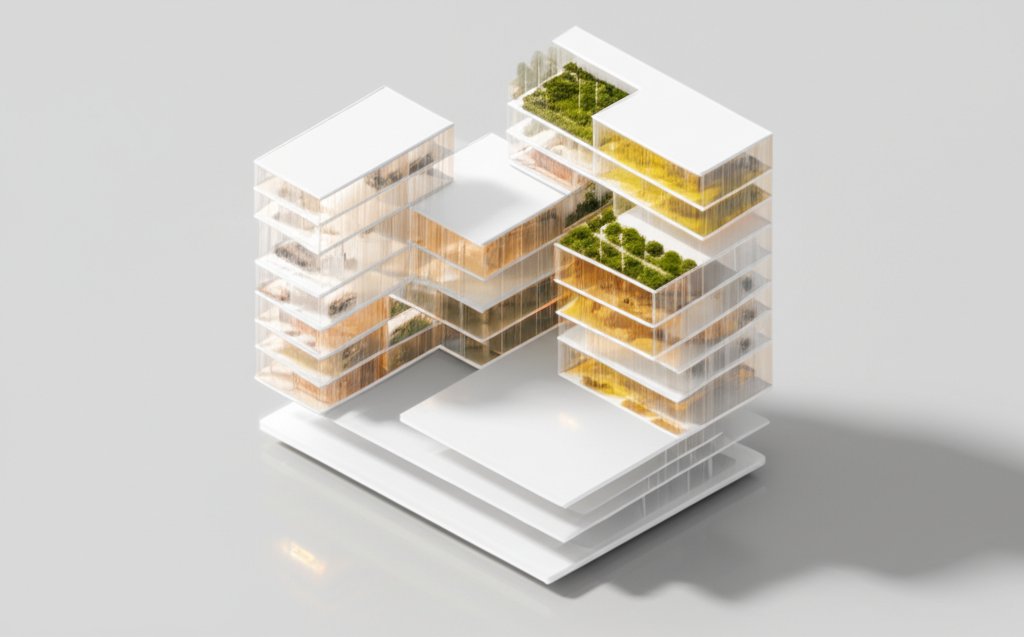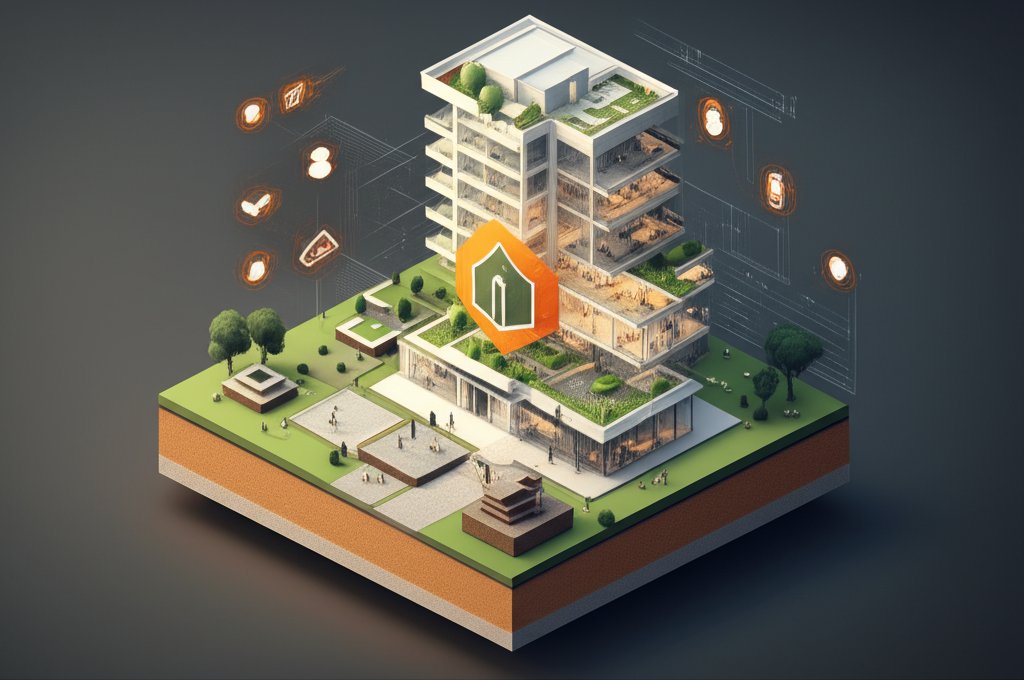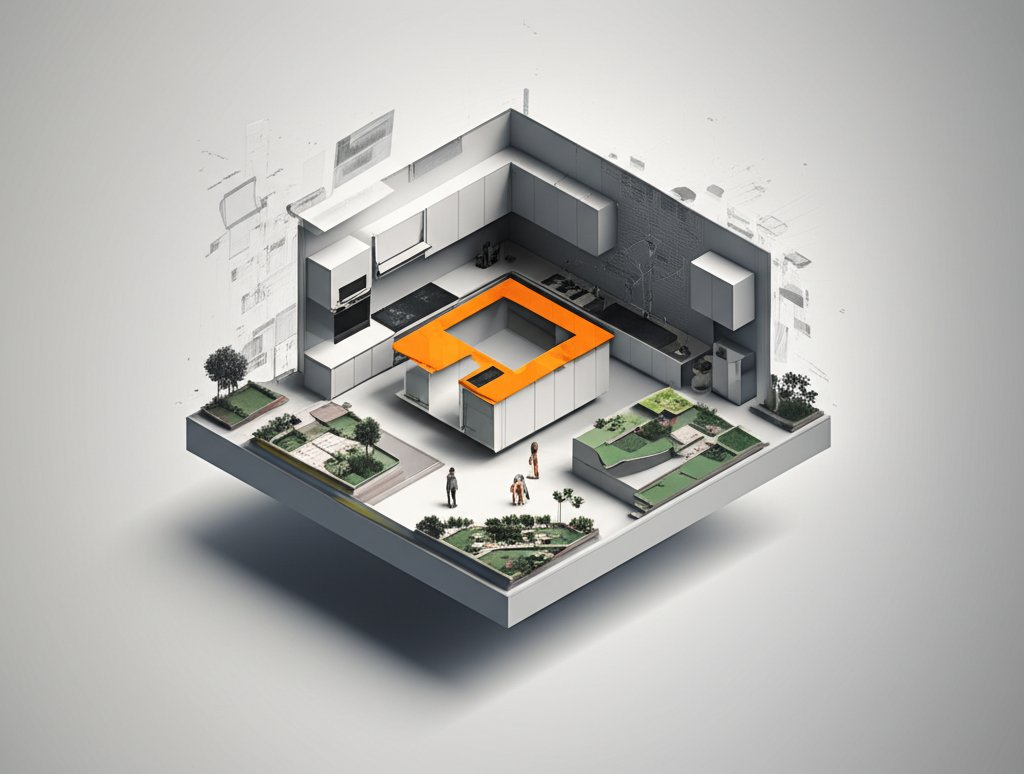Dreaming of a kitchen island that perfectly matches your style and needs? Starting with a kitchen island base without a top opens up a world of customization possibilities, allowing you to select the ideal countertop material, dimensions, and overall aesthetic.
At a glance:
- Discover the benefits of choosing a kitchen island base without a top.
- Learn how to select the right size, style, and material for your base.
- Explore countertop pairing options and installation tips.
- Understand cost considerations and where to find the best deals.
- Get answers to common questions about customizing your island.
Why Choose a Base-Only Island? Unleash Your Design Freedom
Pre-fabricated kitchen islands are convenient, but they lack the bespoke feel that many homeowners crave. A kitchen island base without a top gives you complete control over the final look and functionality. Think of it as a blank canvas for your culinary masterpiece. This approach allows for a perfect match to existing cabinetry, unique design flourishes not available off-the-shelf, and a more tailored fit for your space.
Selecting the Right Foundation: Size, Style, and Material
Choosing the right base is crucial to creating a stable and aesthetically pleasing island. Here’s a breakdown of key considerations:
- Size Matters: Accurately measure your kitchen space. Consider workflow and how the island will interact with other features (stove, refrigerator). Allow ample walkway space (at least 36 inches) around the island. A too-small island loses functionality; a too-large island obstructs movement.
- Style Harmony: Align your island base style with your existing kitchen cabinetry. Shaker, modern, farmhouse—ensure a cohesive design. Consider details like door styles, hardware finishes, and overall aesthetic.
- Material Robustness: Wood is a classic choice, offering warmth and versatility. Metal provides a sleek, modern look. Manufactured wood products (like MDF or plywood) can be cost-effective, but consider their durability and moisture resistance. Solid wood is generally more expensive but more durable. Metal bases offer a modern look but may require more specialized installation for countertops.
Framework Example:
Imagine you’re aiming for a modern farmhouse kitchen. A solid wood (maple or birch) base with shaker-style doors, painted a soft gray, would complement the aesthetic beautifully. Or, for a sleek, minimalist kitchen, a metal base with clean lines and a dark finish might be the perfect fit.
Countertop Choices: From Budget-Friendly to Luxurious

The countertop is the star of the show. Choosing the right material can dramatically impact the island’s appearance, durability, and cost.
- Granite: A timeless classic, offering durability and unique veining patterns. Requires sealing to prevent staining.
- Quartz: Engineered stone, highly durable, non-porous, and available in a wide range of colors and patterns.
- Butcher Block: Adds warmth and character. Requires regular oiling and maintenance to prevent warping and cracking.
- Laminate: Budget-friendly and easy to clean. Offers a wide variety of patterns and colors but is less durable than other options.
- Concrete: A modern and industrial choice. Can be customized with various colors and finishes. Requires sealing and can be prone to cracking.
Decision Example:
A family who loves to cook and entertain might prioritize the durability and stain resistance of quartz. A budget-conscious homeowner might opt for laminate, knowing that it can be easily replaced down the line.
Installation Essentials: From Base Assembly to Countertop Mounting
Installing a kitchen island base without a top involves several steps:
- Base Assembly: Follow the manufacturer’s instructions carefully. Ensure all connections are secure and level.
- Placement and Securing: Position the base in its desired location. Secure it to the floor using appropriate fasteners (screws, anchors) for your flooring type. This is critical for stability.
- Countertop Installation: This may require professional help, especially for heavier materials like granite or concrete. Ensure the countertop is properly supported and secured to the base.
- Sealing and Finishing: Apply sealant to the countertop (if required) to protect it from stains and moisture.
Pitfalls to avoid:
- Uneven Base: A level base is crucial for a stable countertop. Shim as needed.
- Inadequate Support: Ensure the base can adequately support the weight of the countertop.
- Improper Fasteners: Use the correct fasteners for your flooring and base material.
Cost Breakdown: Budgeting for Your Custom Island

The cost of a kitchen island base without a top can vary widely depending on the size, style, material, and features.
- Base Cost: Expect to pay anywhere from $200 to $2000+ for the base itself, depending on the factors mentioned above.
- Countertop Cost: This is the biggest variable. Laminate countertops can start as low as $20 per square foot, while high-end granite or quartz can cost $100+ per square foot.
- Installation Costs: Factor in the cost of professional installation if you’re not comfortable doing it yourself. This can range from $200 to $500+ depending on the complexity of the project.
Finding Deals: - Shop around at different retailers (online and in-store).
- Look for sales and discounts.
- Consider buying the base and countertop separately.
- Explore reclaimed materials for a unique and cost-effective option.
Now that you’re ready to build your dream island, see if stock cabinets can ease the process. Build your dream island cabinets
Practical Playbook: Quick Start Custom Island
- Measure: Define the island’s footprint in your kitchen.
- Style: Select your preferred kitchen style (modern, farmhouse, etc.).
- Budget: Set a realistic budget for the base and countertop.
- Sourcing: Research base and countertop options from retailers.
- Installation: Decide whether to DIY or hire a professional.
- Enjoy!
Quick Answers: Addressing Common Questions
Q: Can I use stock cabinets as a kitchen island base?
A: Yes, absolutely! Stock cabinets are a popular and cost-effective option. Just ensure they are properly secured together and adequately support the countertop. You may need to add decorative panels to the back of the cabinets to create a finished look.
Q: What’s the best countertop material for a busy family?
A: Quartz is an excellent choice. It’s highly durable, stain-resistant, and easy to clean, making it ideal for a family with kids.
Q: How do I add outlets to my kitchen island?
A: You’ll need to consult with a qualified electrician. They can safely install outlets in the island, ensuring they meet all local electrical codes. This is crucial for safety.
Q: Can I add seating to my kitchen island?
A: Yes! Just ensure the island has an overhang (typically 12-15 inches) to provide comfortable legroom. Consider the height of your stools when determining the overhang depth.
Actionable Close: Your Dream Island Awaits
Choosing a kitchen island base without a top empowers you to create a truly unique and functional centerpiece for your kitchen. By carefully considering your needs, style preferences, and budget, you can design an island that perfectly complements your space and enhances your culinary experience. So, start planning today and bring your dream kitchen to life!
- Glass Tile Shower Ideas to Create a Stunning Bathroom Space - December 7, 2025
- Glass Wall Tile Ideas for Kitchens and Bathrooms - December 6, 2025
- Glass Tile Bathroom: Create a Beautiful, Easy-Clean Space - December 5, 2025










